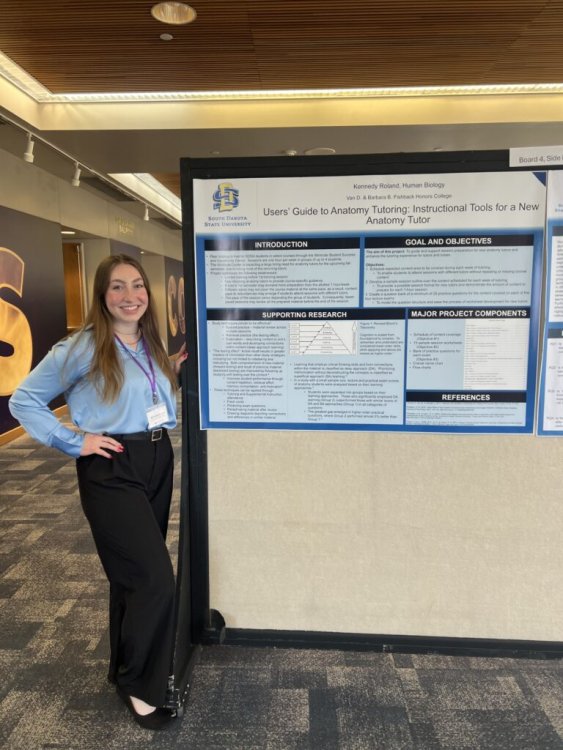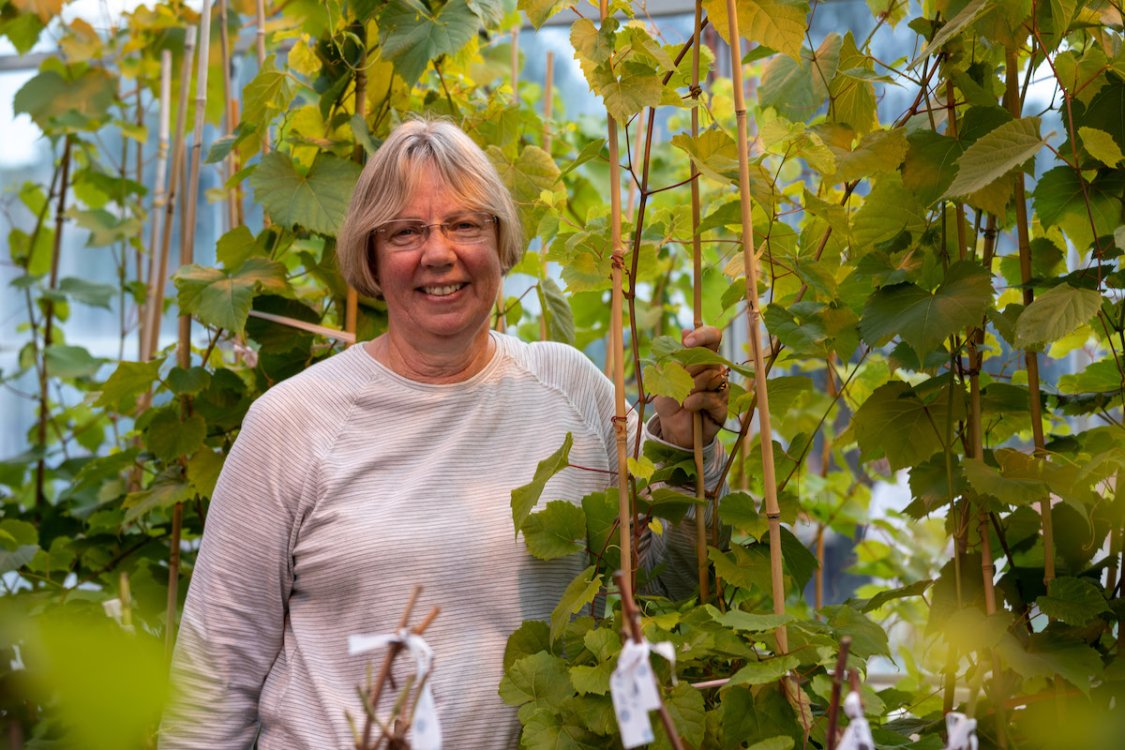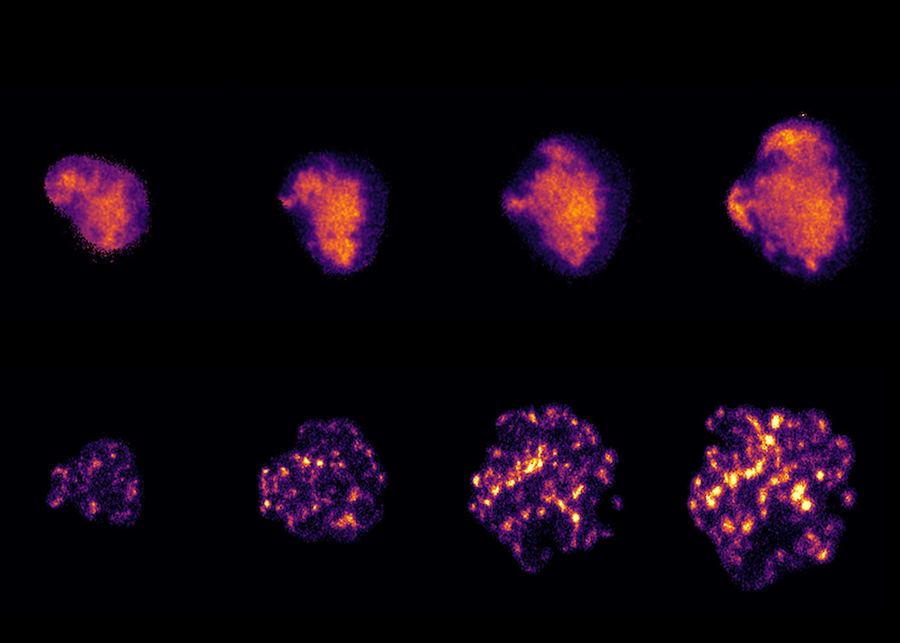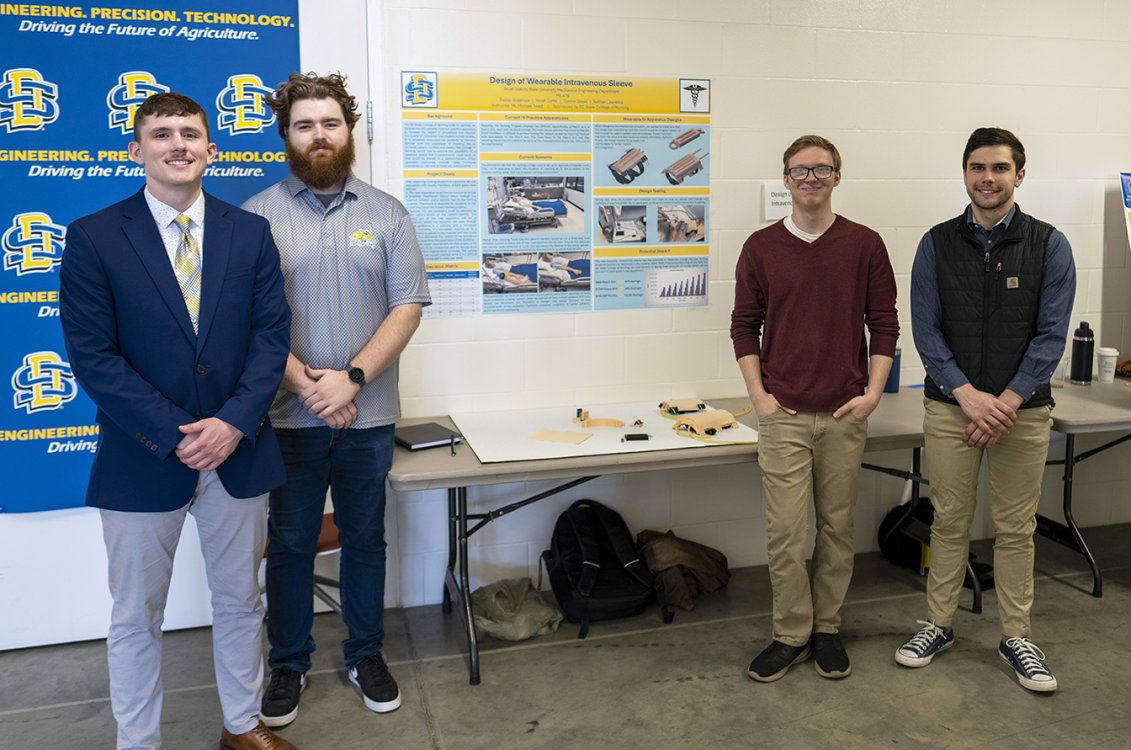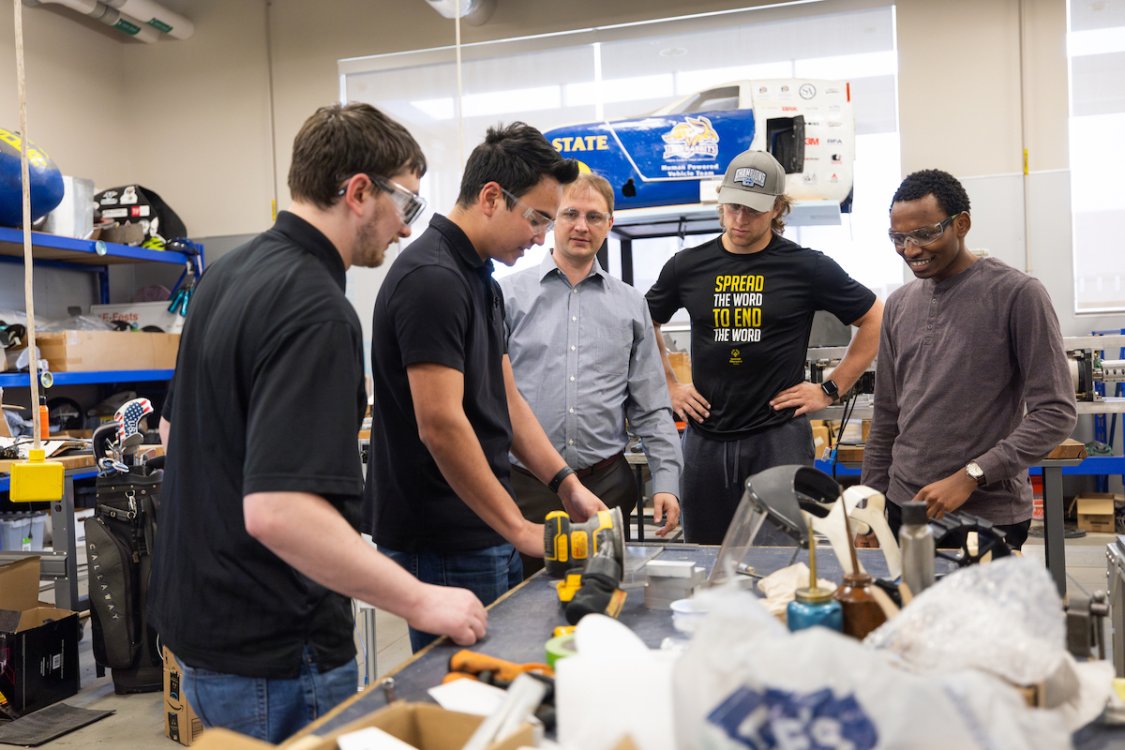R1 Our Way
During summer 2023, the South Dakota Board of Regents adopted SDSU’s Pathway to Premier 2030 strategic plan. It includes numerous measurable goals, but one bold vision stands out.
Elevate SDSU as a research university and pursue a pathway to achieve designation as an R1 Research University by Carnegie Classification of Institutions of Higher Education.
One hundred campus leaders who developed the strategic plan further said R1 must enhance the university and not change its teaching focus. That’s why they coined the phrase “R1 Our Way.” R1 classification helps the university live up to its mission and meet the grand challenges of the 21st century.
“It is our land-grant responsibility to help solve the multi-faceted problems we face. Those solutions will also bring opportunity. We can best help our state and region solve these problems and harvest the associated opportunities with R1 status.”
- Barry H. Dunn, SDSU President
It is the framework for categorizing U.S. higher education institutions. It is often called the Carnegie Classification and is managed by the American Council on Education, which releases the classifications on a three-year cycle. The next classification release is due in late 2024/early 2025. SDSU is an R2 institution in the most recent 2021 classification.
R1 classification is new to South Dakota. We are one of just five states without an R1 university.
Primarily researchers but also students and entrepreneurs. The classification helps researchers and students match their desired area of study with institutions that can provide them with the opportunity to succeed. It also attracts entrepreneurs and businesses that want to associate themselves with a university generating new technologies and emerging ideas as well as workforce-ready graduates.
There are many reasons, but here are the top three:
- Economic impact – R1 universities drive increased levels of innovation, which in turn expands economic development and opportunity in their respective states and regions. Despite $140 million of research awards in 2023 (four times the awards of any other South Dakota university), SDSU is often overlooked by researchers, students and entrepreneurs because it is not classified as an R1 research university.
- Excellence in faculty and student learning – The classification will help SDSU recruit and retain faculty and researchers who will engage students in research as part of their work. This will provide enhanced experiences for our students and separate them in creativity and problem-solving skills for potential employers.
- Differentiation for SDSU – Achieving R1 classification will make SDSU a more competitive destination for the best faculty, students and staff.
Based on the three-year cycle, it could take until 2030 or 2033 to achieve it.
It will require reaching several key milestones:
- Grow doctoral training. In 2021, SDSU awarded 66 research doctorates, mostly in science, technology, engineering and mathematics (STEM). SDSU will need to train more people at the doctoral level in the social sciences, humanities and professional fields. That will require support from the Board of Regents, Legislature and the governor.
- Although SDSU already exceeds the $50 million total research expenditures threshold for R1 classification, continued growth in impactful research activity is part of our culture and will ensure a vibrant educational experience for students at all levels.
Achieving R1 status will require an increase in financial support from the university, private donors and federal and state government. R1 status opens doors for a greater return on investment from increased economic impact, enhanced public/private partnership and increased access to competitive grants and contracts.
Seeking R1 is the next evolution for SDSU, similar to 20 years ago when it became a Division I school in athletics. Providing the state of South Dakota with an R1 institution will provide greater opportunities to attract the brightest students and faculty from the United States and the world. SDSU already has commitments in place for 54 endowed faculty and leadership positions. R1 will help attract and retain even more. R1 also provides greater opportunities to attract and engage with emerging companies and industries to solidify the workforce needs for generations to come.


